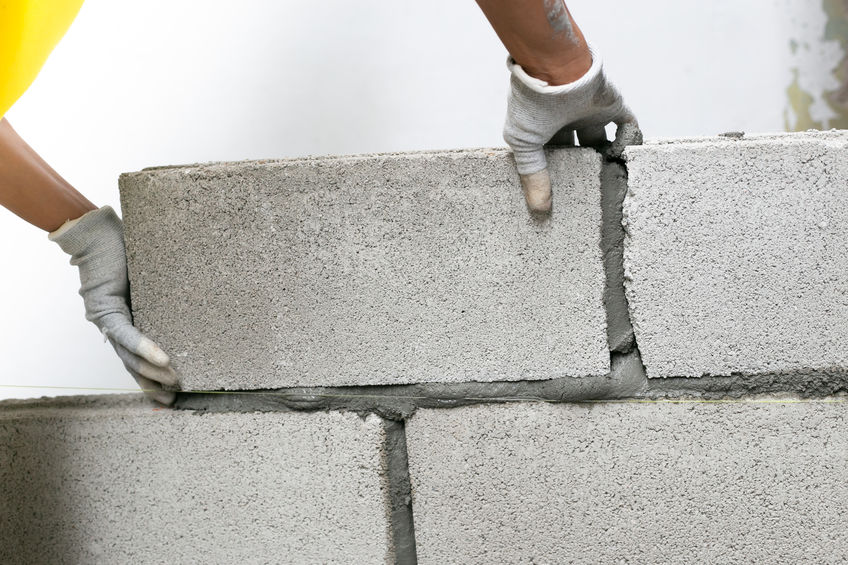- Impact on Environment
Environmental degradation has been at its highest; the reason governments and environmentalists are against the use of building materials that contribute to environmental degradation.

The making of red bricks involves ridding the earth of its top layer that is mixed with water and hardened with heat. The ripple effect of this is the many landfills that you may have come across in some areas. On the bright side, bricks make the perfect waste for filling empty landfills.
Cement concrete blocks, on the other hand, are friendly to the environment since they rely on cement and coarse aggregates for manufacturing. With concrete blocks, the issue of deep empty landfills should not be experienced.
- Cost of Construction
The cost of construction is always on top of the list of every structure owner. Building owners would love to build their structure at the lowest price possible, while still maintaining quality. Cement concrete blocks enjoy much favor over red bricks when the cost of construction is in mind. The raw materials used to make them are readily available and the process is quite blissful. It becomes even cheaper when the concrete blocks are manufactured at the site since this cuts the transportation cost. The manufacture of red bricks is quite a process that involves the excavation of red soil that is not everywhere. Redbrick kilns are also very scarce since the government has closed down most of them. All this raises the cost of construction when using red bricks. Another major drawback with red bricks is breakages during transportation to the site. This is because they are brittle and can easily break if not handled with the utmost care during transportation.
- Durability
Although both red bricks and cement concrete blocks are the most durable building materials, one is more durable than the other. Red bricks are more durable since they are denser compared to cement concrete blocks. When properly installed, they require little or no maintenance at all. Cement concrete blocks are less dense and they even sometimes come in hollow designs. Upon installation, they require some maintenance at some point since they are prone to cracking. All this reduces their durability, although maintenance comes after so many years.
- Tensile Strength
When it comes to tensile strength, cement concrete blocks are more favored over red bricks. Although bricks are denser than concrete blocks, they are brittle, which reduces their tensile strength by far. Cement concrete blocks on the other hand have more tensile strength. Cement makes the blocks compact thus eliminating the issue of breakages during and after transportation. More tensile strength and less density of cement concrete blocks make them best for high-rise buildings that require maximum stability.
- Thermal Conductivity
Another major and notable difference between cement concrete blocks and red bricks is the issue of thermal conductivity. It is an important aspect since people living in cold regions of the country are always after cost-effective methods of heating their homes during the cold winter months. Red bricks are known to absorb the daytime heat and dissipate it during nighttime. This makes them ideal for heating the house at night at minimal monthly energy charges. This explains the reason behind the much favor they enjoy over their counterparts, concrete blocks. Their insulation is also higher than that of cement concrete blocks, and this means they do not catch fire easily.
Redbrick kilns are fast disappearing since the introduction of cement concrete blocks. However, this does not mean that red bricks are going away any time soon. This is because some homeowners love the classic style, which is guaranteed by red bricks. Others love the contemporary new design and intrinsic colors of cement concrete blocks. To make an informed choice over these two, you have to put into account all these and many other factors. If you are still confused, consider reaching out to an expert for further advice.
